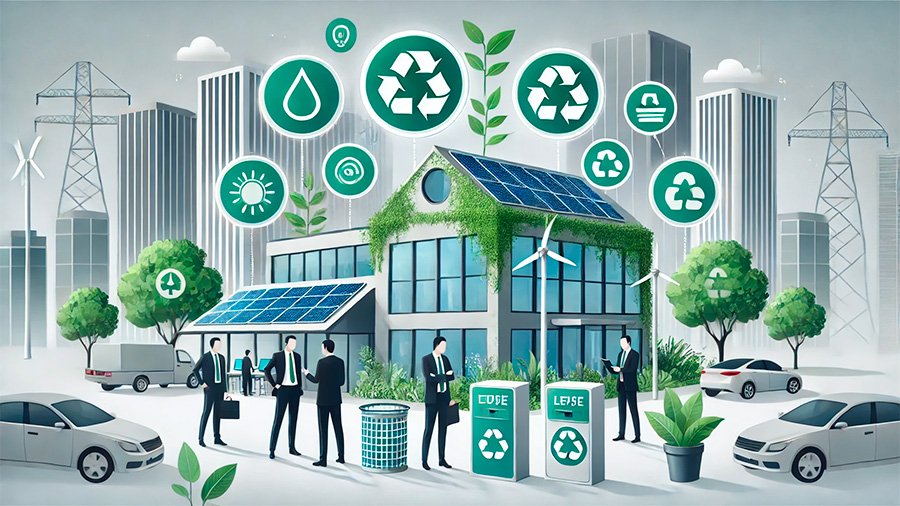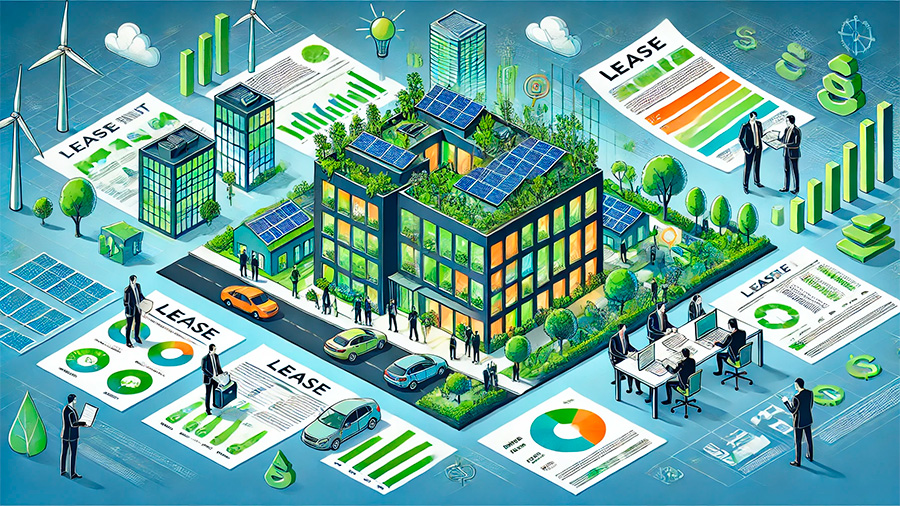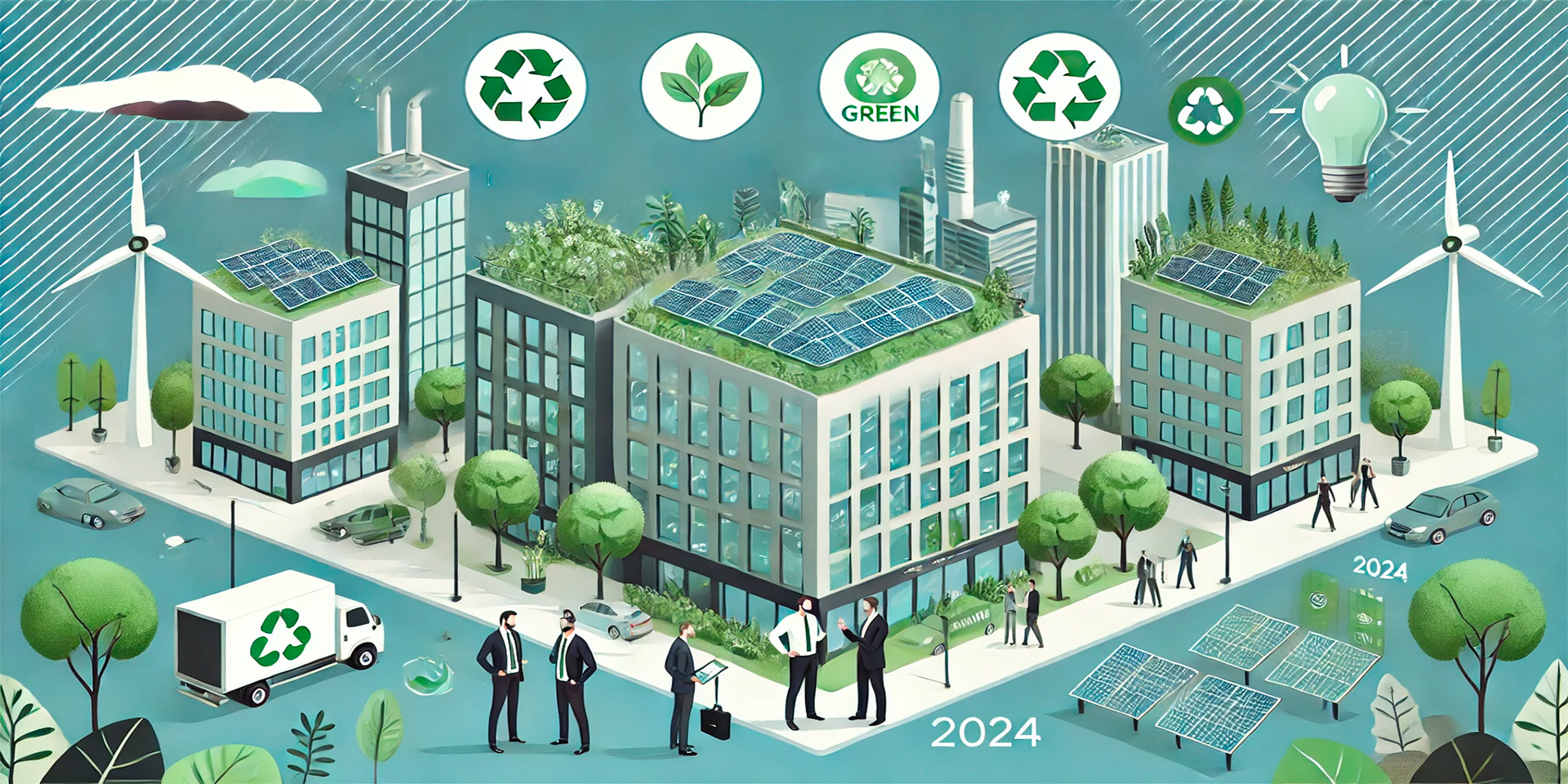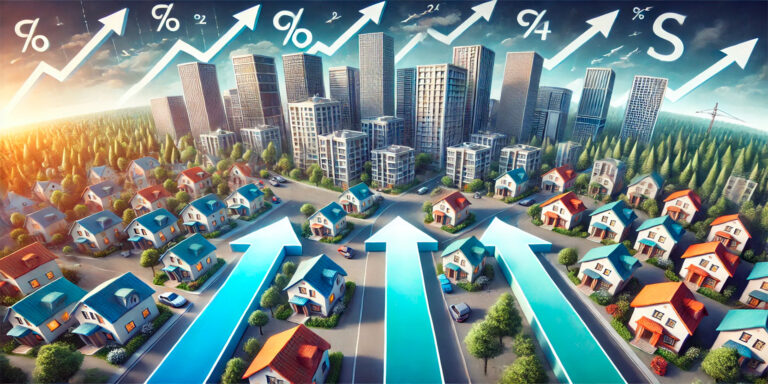Environmental policies and sustainability initiatives are transforming the commercial real estate landscape. As governments, corporations, and consumers become more focused on reducing environmental impact, commercial leasing practices are evolving to reflect these priorities. In 2024, businesses are increasingly required to consider how environmental regulations and sustainability goals impact their leases, from energy efficiency requirements to green building certifications. This article explores how environmental policies are influencing commercial leasing practices and what tenants and landlords need to know to navigate these changes.
The Growing Importance of Sustainability in Commercial Leasing
Sustainability has become a key consideration for businesses and landlords alike, driven by both government regulations and market demand. As environmental concerns such as climate change and resource depletion intensify, businesses are under pressure to adopt greener practices. This shift is leading to a rise in demand for eco-friendly commercial properties, with tenants prioritizing sustainability when choosing spaces to lease.
Market Demand for Sustainable Buildings
Many businesses are looking for commercial spaces that align with their corporate social responsibility (CSR) goals. Sustainable buildings, which prioritize energy efficiency, resource conservation, and reduced carbon footprints, are becoming increasingly desirable. Tenants want to lease properties that not only meet regulatory standards but also reflect their commitment to environmental stewardship.
Example: Companies like Google and Microsoft are setting ambitious carbon neutrality goals, driving demand for commercial properties with green certifications like LEED (Leadership in Energy and Environmental Design). In turn, landlords are incorporating sustainability features into their properties to attract these high-profile tenants.
Regulatory Pressure for Energy Efficiency
In many regions, governments are implementing stricter environmental regulations that directly affect commercial leasing practices. These regulations often focus on improving energy efficiency, reducing greenhouse gas emissions, and promoting the use of renewable energy in buildings. As a result, both landlords and tenants must adapt their leases to comply with these new standards.
Example: The European Union’s Green Deal and the U.S.’s Energy Policy Act of 2020 have introduced energy efficiency standards for commercial properties. These regulations require buildings to meet minimum energy performance levels, which influences how leases are structured and what upgrades are needed to meet compliance.

Key Environmental Policies Impacting Commercial Leases
Several specific environmental policies are influencing commercial leasing practices today. These policies, which vary by region, focus on reducing environmental impact and promoting sustainable business practices. Understanding how these regulations apply to commercial leases is essential for both tenants and landlords.
Energy Efficiency Standards
Energy efficiency is a central focus of many environmental policies. Governments are increasingly setting mandatory energy performance standards for commercial buildings, which can include requirements for insulation, HVAC systems, lighting, and energy monitoring. These regulations often impact lease agreements, particularly in terms of who is responsible for ensuring compliance and covering the costs of necessary upgrades.
Example: New York City’s Local Law 97, part of the Climate Mobilization Act, requires commercial buildings over 25,000 square feet to meet strict energy efficiency standards by 2024. Failure to comply can result in substantial fines, which has prompted many landlords to negotiate energy-efficient upgrades and pass-through clauses with tenants in their leases.
Green Building Certifications
Green building certifications, such as LEED, BREEAM (Building Research Establishment Environmental Assessment Method), and ENERGY STAR, are becoming increasingly important in commercial leasing. These certifications recognize buildings that meet specific sustainability criteria, including energy efficiency, water conservation, waste management, and indoor air quality. Leasing a certified building can provide businesses with a competitive edge, enhancing their reputation as environmentally responsible companies.
Example: Many large corporations, such as Apple and Amazon, now require that the properties they lease meet green building certification standards. This has led landlords to invest in sustainable building practices to attract these high-profile tenants and remain competitive in the market.
Net-Zero and Carbon Reduction Targets
Many countries and cities have introduced policies aimed at achieving net-zero carbon emissions by specific target dates. These policies require buildings to significantly reduce their carbon footprints, often through the adoption of renewable energy sources, improved energy efficiency, and carbon offset programs. Commercial leases are being adapted to account for these new requirements, particularly in terms of energy consumption and emissions reporting.
Example: The United Kingdom has set a target to reach net-zero emissions by 2050. In response, many commercial landlords are updating their properties to meet these requirements, and new lease agreements often include clauses that address the tenant’s role in reducing carbon emissions.
Environmental Clauses in Commercial Leases
As environmental policies evolve, commercial lease agreements are being updated to include new environmental clauses. These clauses define how landlords and tenants will address sustainability issues, comply with environmental regulations, and manage the costs associated with energy efficiency improvements.
Green Lease Clauses
A green lease, or sustainable lease, is an agreement that includes specific provisions related to sustainability and environmental performance. Green leases often require both landlords and tenants to take steps to reduce the building’s environmental impact. These clauses can cover a wide range of issues, including energy efficiency, water conservation, waste management, and sustainable building materials.
Example of a green lease clause: A green lease may include a provision requiring tenants to use energy-efficient lighting and appliances or to participate in building-wide recycling programs. It may also obligate the landlord to ensure that the property meets specific green building standards or to provide tenants with data on the building’s energy use.
Energy Performance Clauses
Energy performance clauses are becoming more common in commercial leases as energy efficiency regulations tighten. These clauses outline the building’s required energy performance standards and establish the responsibilities of both the landlord and the tenant in maintaining these standards. The clause may also specify how energy efficiency upgrades will be financed and who will bear the costs.
Example: A lease may include an energy performance clause that obligates the landlord to install energy-efficient HVAC systems and lighting, while the tenant is responsible for monitoring and reducing energy consumption in their leased space. The lease may also outline how energy savings will be shared between the landlord and tenant.
Carbon Reporting and Emission Targets
In regions where carbon reduction targets are mandatory, leases may include clauses related to carbon reporting and emissions management. These clauses typically require tenants to track and report their energy usage and emissions, and they may impose penalties for failing to meet specified targets. For landlords, these clauses are essential for ensuring that the building as a whole complies with regional or national carbon reduction regulations.
Example: A commercial lease in a city with stringent carbon emissions regulations may require tenants to install energy meters and report their carbon output annually. The lease may also include financial incentives for tenants who reduce their emissions below a certain threshold.

The Financial Impact of Environmental Policies on Commercial Leases
While environmental policies are designed to reduce the environmental impact of commercial buildings, they can also have significant financial implications for both landlords and tenants. Understanding how these costs are managed in lease agreements is critical for all parties involved.
Capital Expenditures for Upgrades
Many environmental regulations require building owners to make capital improvements, such as installing energy-efficient windows, upgrading HVAC systems, or incorporating renewable energy sources like solar panels. These upgrades can be costly, and lease agreements must specify how these expenses will be covered. In some cases, landlords may pass the costs on to tenants through rent increases or service charges.
Example: A landlord may invest in energy-efficient building upgrades to comply with local environmental regulations. The lease could include a clause allowing the landlord to recoup these costs by increasing the tenant’s monthly rent or requiring the tenant to contribute a percentage of the upgrade costs over the lease term.
Operating Costs and Utility Savings
On the flip side, environmental policies that improve energy efficiency can result in long-term utility savings for both landlords and tenants. Green building certifications and energy-efficient upgrades can lead to lower utility bills, which can offset the initial costs of compliance. Some lease agreements include provisions for sharing these savings between the landlord and tenant.
Example: A green lease may include an energy-saving clause that specifies how utility cost reductions will be shared between the landlord and tenant. For instance, the landlord might cover the upfront cost of installing solar panels, while the tenant benefits from lower electricity bills and shares a portion of the savings with the landlord.
Incentives and Tax Benefits
Governments often provide financial incentives or tax benefits for businesses and property owners who invest in environmentally sustainable practices. Commercial leases may include clauses that address how these incentives are distributed between the landlord and tenant.
Example: If a property qualifies for tax credits due to its green building certification, the lease may specify that the landlord retains the credit while passing on part of the savings to the tenant in the form of reduced rent.
Navigating Environmental Policies in Commercial Leases
As environmental policies continue to evolve, it’s important for both landlords and tenants to stay informed about how these regulations impact commercial leases. Working with legal experts and commercial real estate professionals can help ensure that lease agreements are compliant with environmental standards and structured to benefit both parties.
Negotiating Environmental Clauses
Tenants and landlords should be proactive in negotiating lease terms that reflect the latest environmental policies. Clear communication about responsibilities, costs, and expectations is essential to creating a lease that meets sustainability goals while being financially viable.
Monitoring Compliance and Performance
Both landlords and tenants must monitor their environmental performance to ensure compliance with regulations. This includes tracking energy usage, managing waste, and maintaining green building certifications. Leases should include provisions for regular reporting and audits to ensure that all parties are meeting their obligations.
Conclusion: The Future of Commercial Leasing in a Greener World
Environmental policies are reshaping commercial leasing practices by encouraging energy efficiency, sustainability, and lower carbon emissions. As governments introduce stricter regulations, businesses are increasingly seeking green leases that align with their environmental goals. Understanding how these policies affect lease terms, costs, and compliance will be essential for tenants and landlords in 2024 and beyond as the demand for sustainable commercial properties continues to grow.





